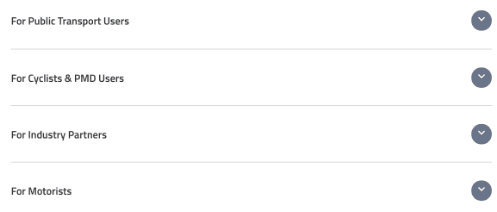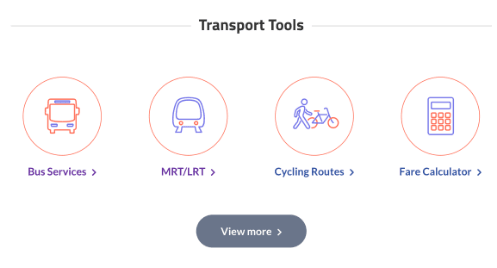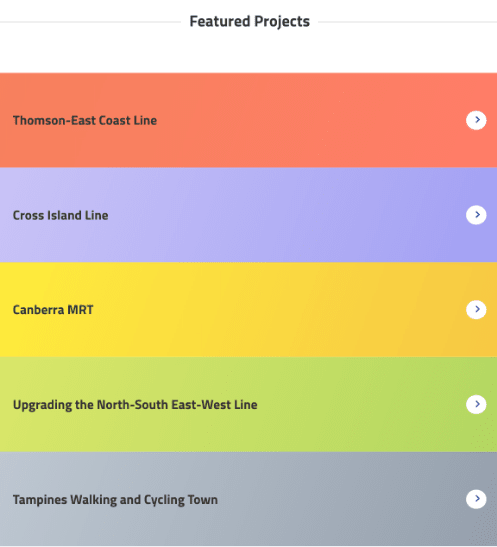2018: A foray into clean energy alternatives
Upgrading to meet Euro 6 standards
Euro 6 standards refer to European emission standards aimed at reducing the emission of nitrogen oxide, carbon monoxide, hydrocarbons and particulate matter.
Since January 2018, all diesel vehicles introduced in Singapore, including public buses, must comply with Euro 6 emission standards to improve air quality, and in turn public health. Euro 6 buses were also progressively introduced in our public transport system.
The first hybrid buses hit the road
We deployed 50 hybrid buses on the roads from December 2018 to reduce tailpipe emissions which helped LTA to understand the operational challenges that may arise from hybrid bus technology.
2019: Homing in on sustainability goals
As the conversation about sustainability grew in momentum, LTA committed to a 100% cleaner energy public bus fleet by 2040 as part of our Land Transport Master Plan 2040 (LTMP 2040). Procuring cleaner energy buses such as electric and hybrid buses was identified as one possible way to help Singapore reach this target.
2020: Electric buses take the stage
60 electric buses deployed
Procuring and deploying electric buses from three different suppliers helped LTA to understand the electric buses and charging solutions performance in Singapore’s tropical climate and traffic conditions. LTA was better able to assess and calibrate our approach and requirements for future cleaner energy buses and charging infrastructure. The first single-deck electric bus hit the roads in April 2020.





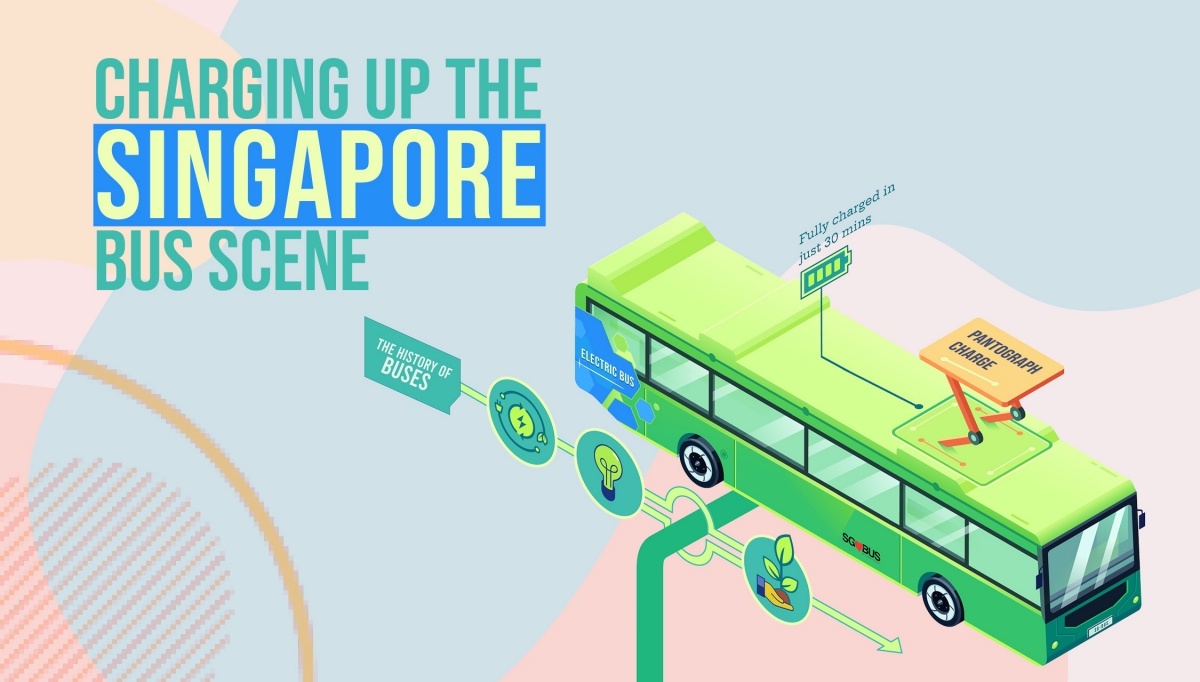
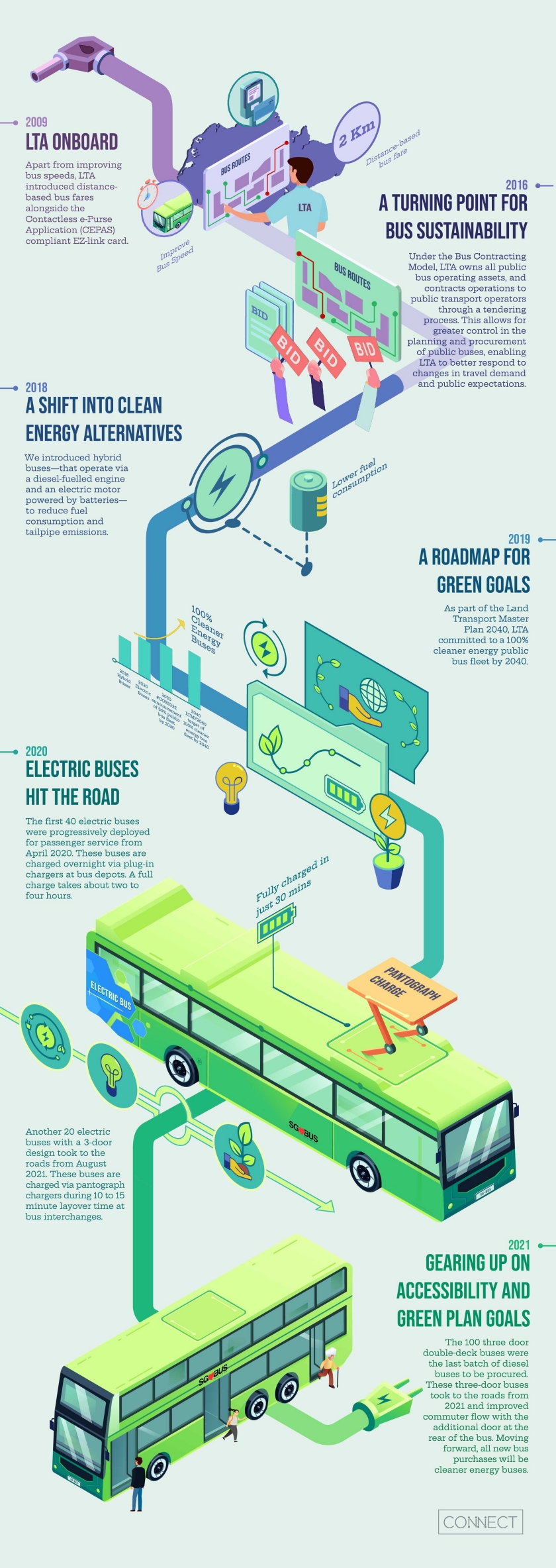
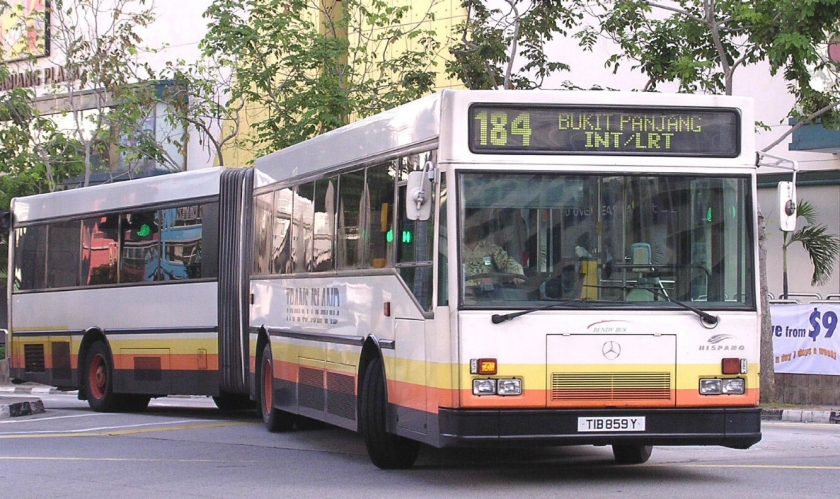
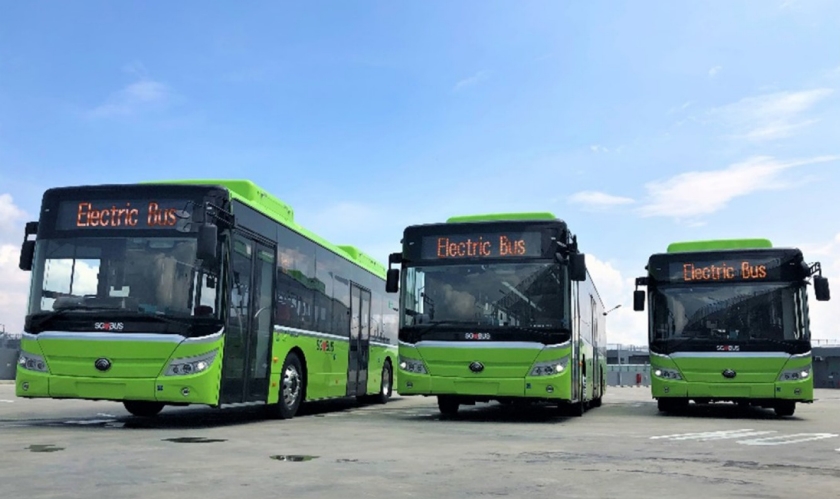
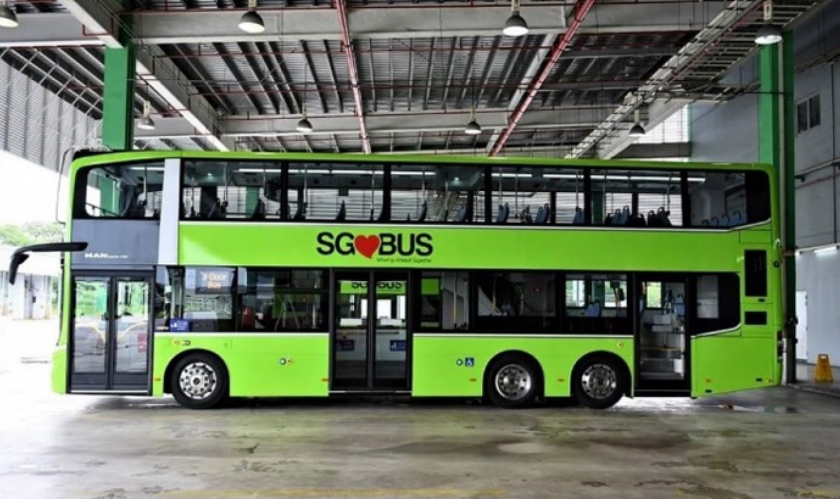
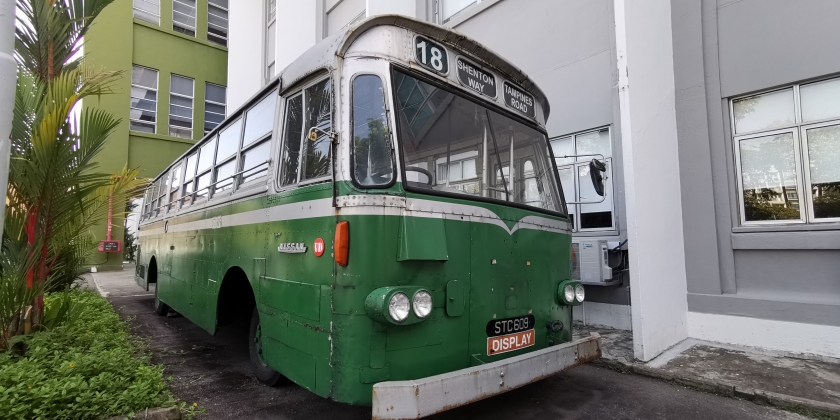
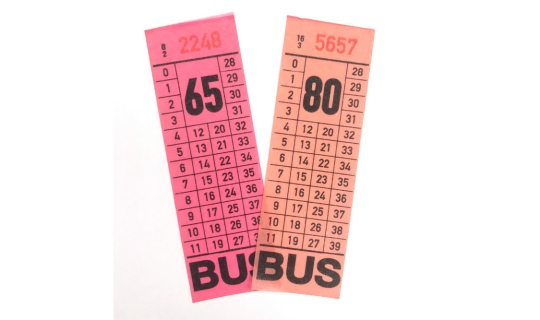
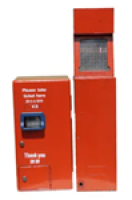
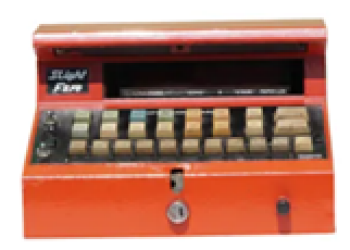
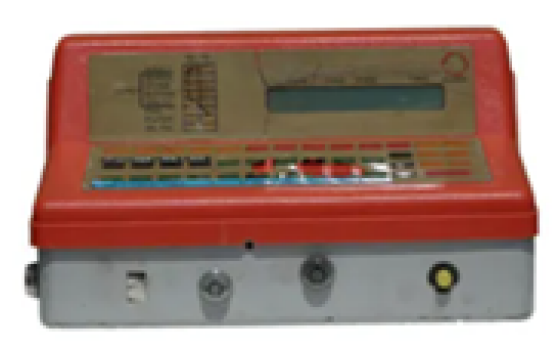
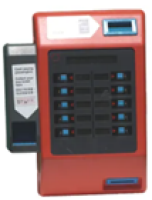
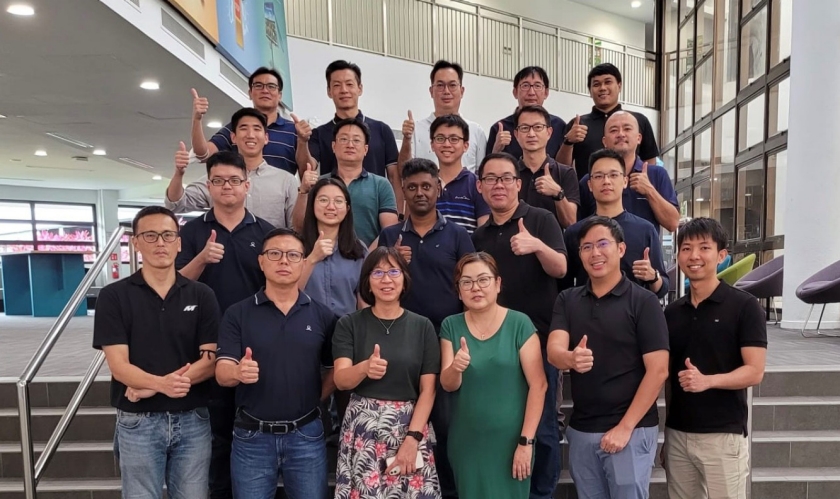

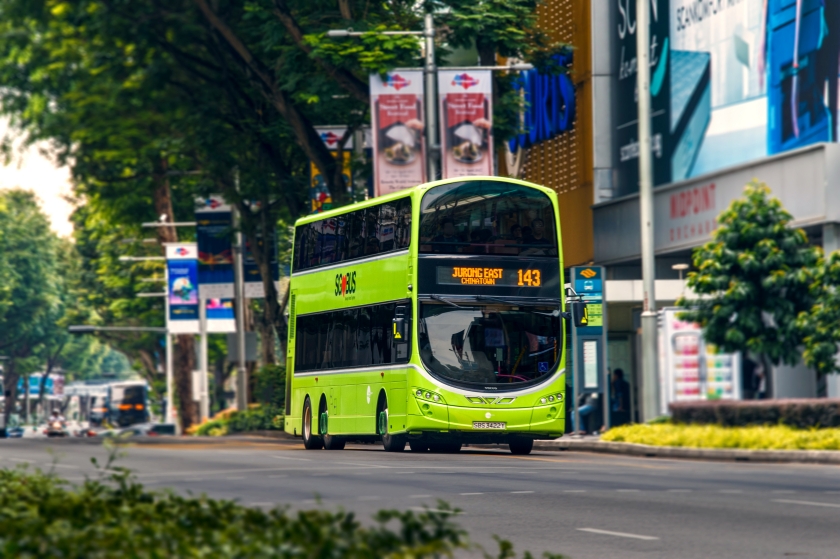
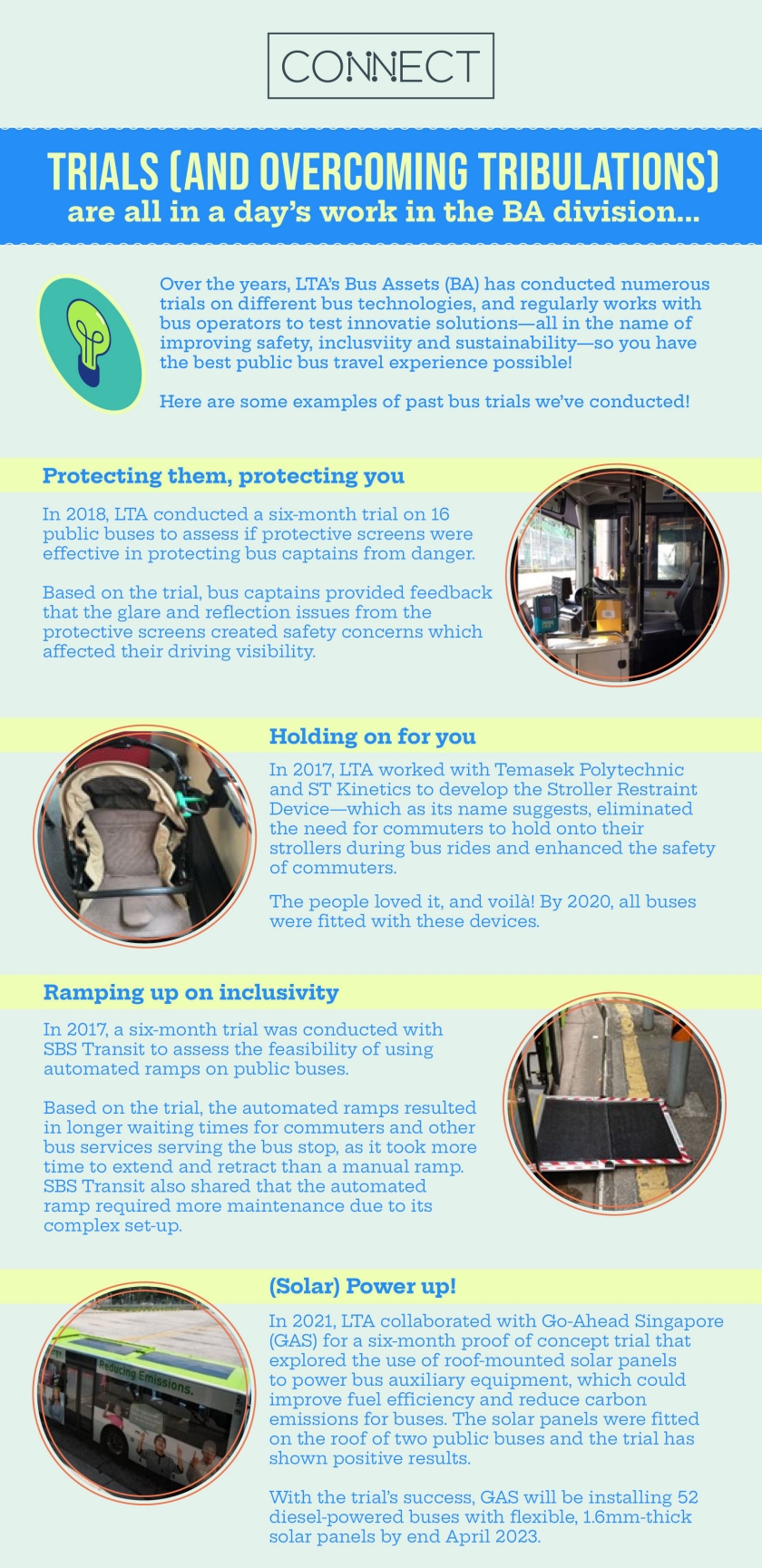
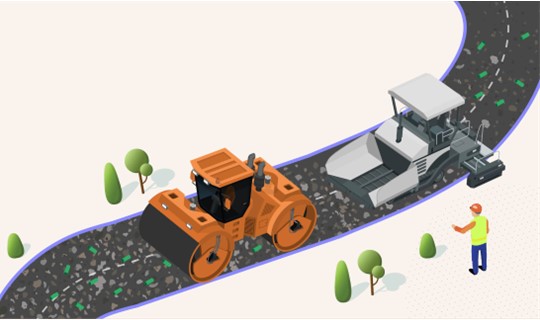 Paving the Way for Eco-friendly Roads
Paving the Way for Eco-friendly Roads
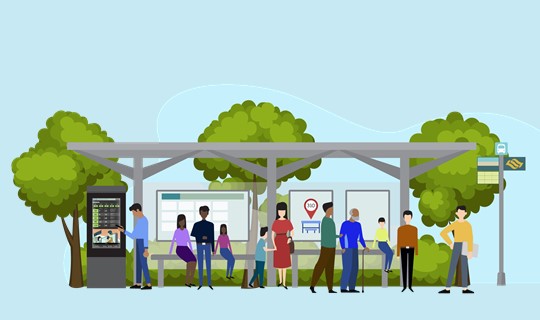 Making a "PID-Stop" at one of our bus stops?
Making a "PID-Stop" at one of our bus stops?
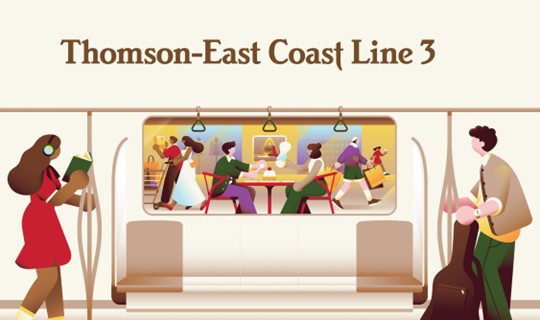 TEL3 Hits the City: Get Fed, Get Fit and Feel Fab!
TEL3 Hits the City: Get Fed, Get Fit and Feel Fab!
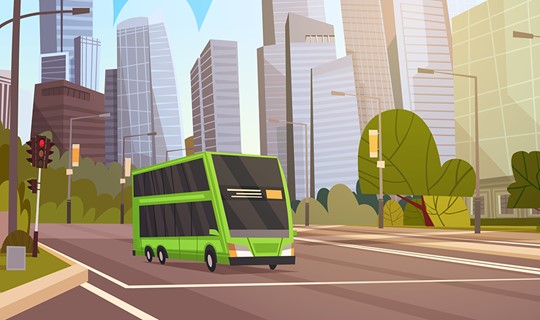 Your 10 Best Bets for a Scenic Bus Cruise
Your 10 Best Bets for a Scenic Bus Cruise
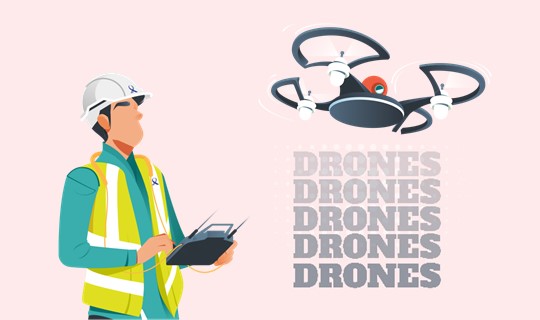 Drones in the Zone
Drones in the Zone
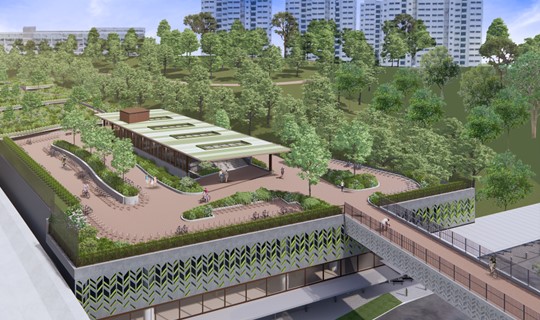 From East to West, CRL Trivia to Pique Your Interest!
From East to West, CRL Trivia to Pique Your Interest!
 Making a Mark in 3D
Making a Mark in 3D
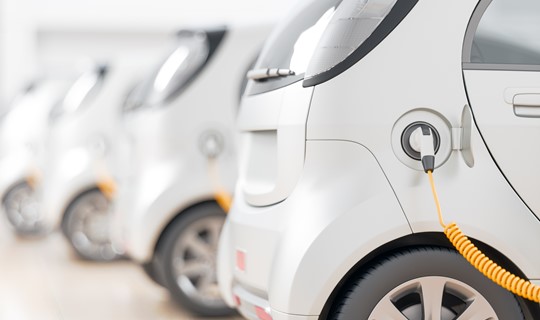 8 Facts to Charge Up You Knowledge About Electric Vehicles
8 Facts to Charge Up You Knowledge About Electric Vehicles
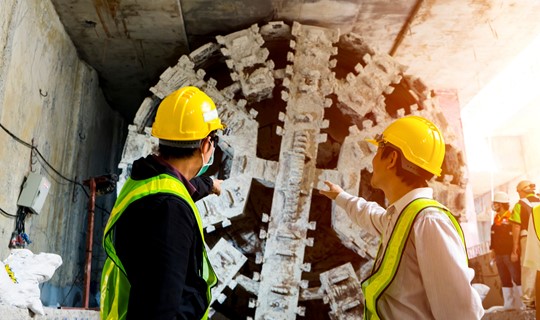 What lies beneath: LTA's Digging Machine
What lies beneath: LTA's Digging Machine
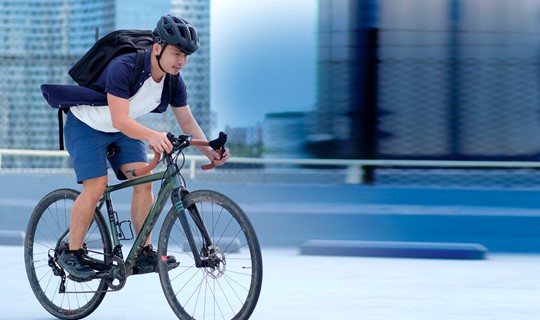 9 Cycling Tips from The Woke Salaryman
9 Cycling Tips from The Woke Salaryman
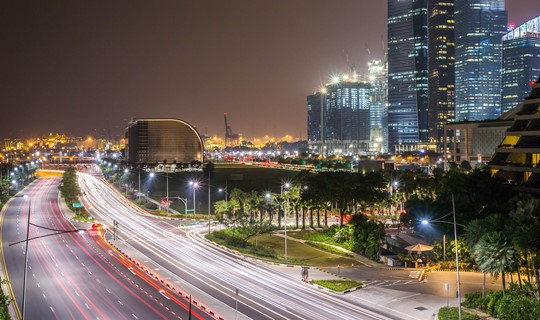 Watt a Smart Street Light!
Watt a Smart Street Light!
 Take a brake! Explore these eight hidden gems on your bike
Take a brake! Explore these eight hidden gems on your bike
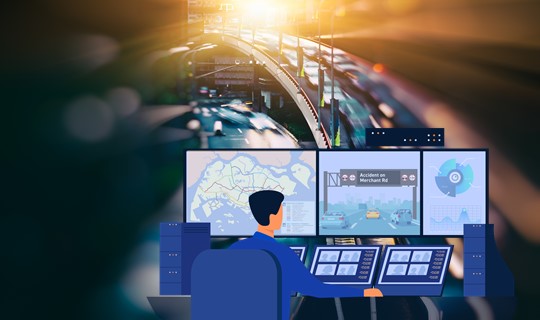 Singapore's Road EMAS-gency Experts
Singapore's Road EMAS-gency Experts
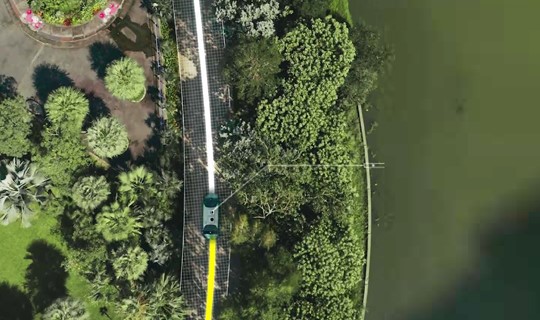 Look Ma, No Hands!
Look Ma, No Hands!
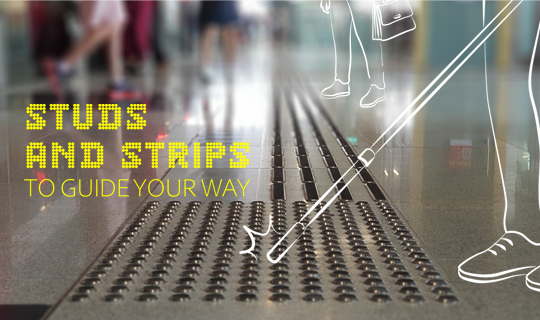 Tactile Guiding System in Singapore
Tactile Guiding System in Singapore
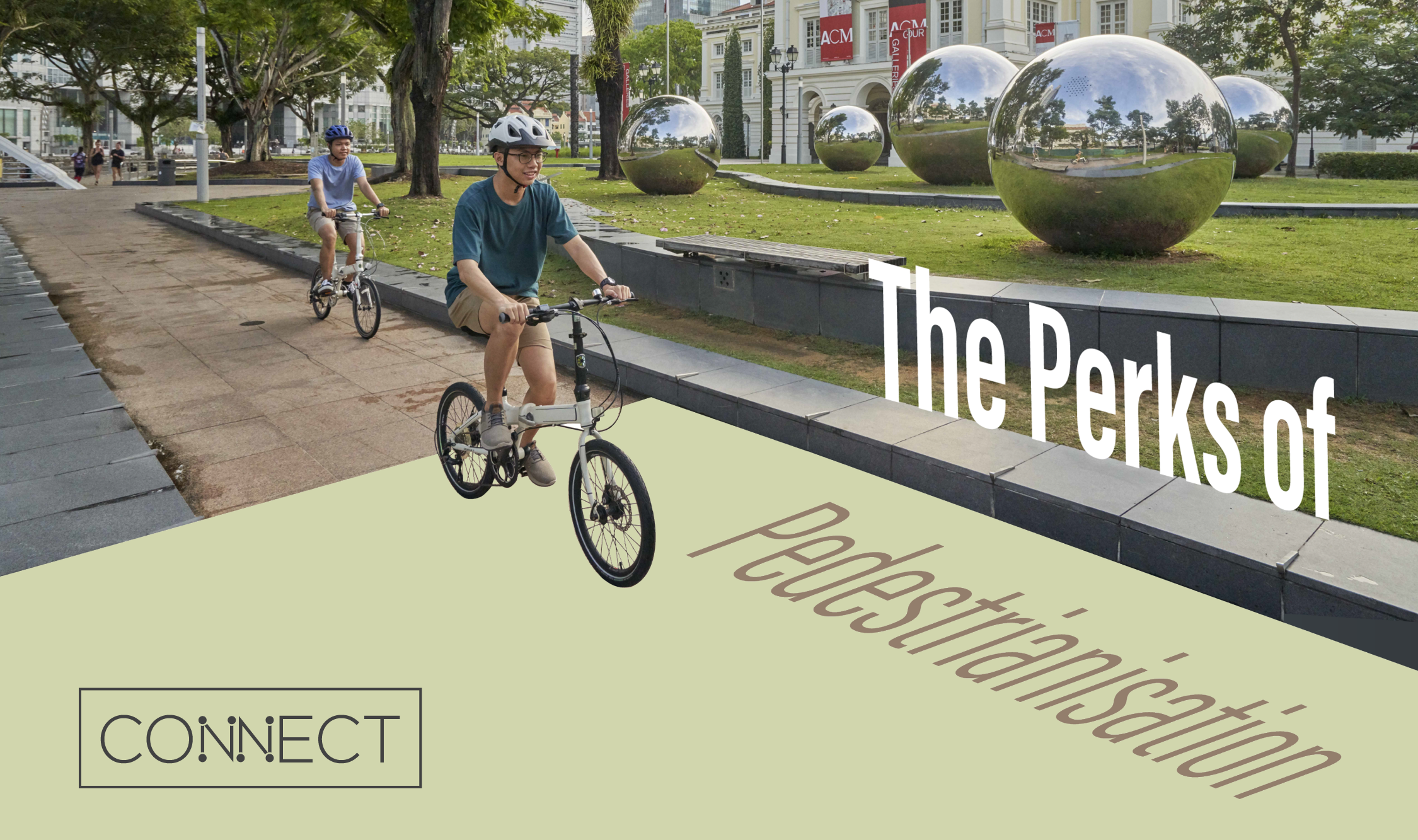 The Perks of Pedestrianisation
The Perks of Pedestrianisation
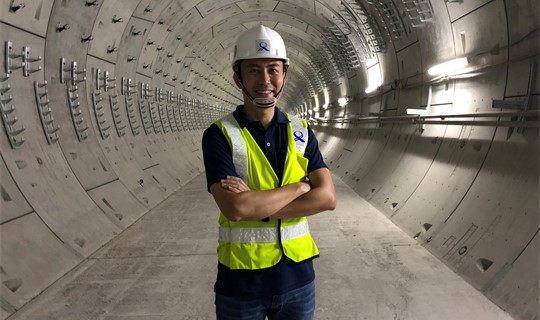 Excuse me, are you a boring engineer?
Excuse me, are you a boring engineer?
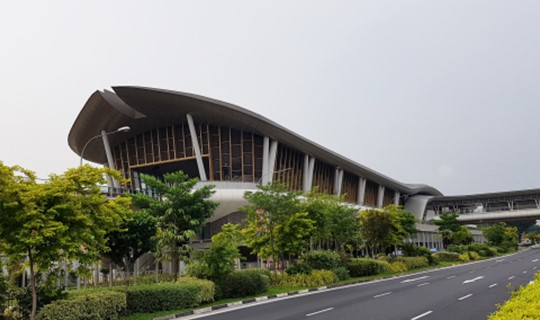 Stations, stations on the tracks, which is the greenest of them all?
Stations, stations on the tracks, which is the greenest of them all?
 Nifty Wayfinding
Nifty Wayfinding
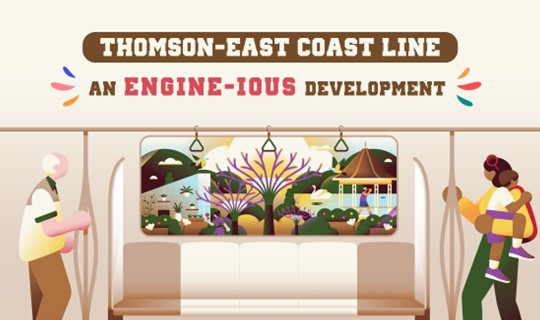 10 Reasons the TEL is an Engine-nious Development
10 Reasons the TEL is an Engine-nious Development
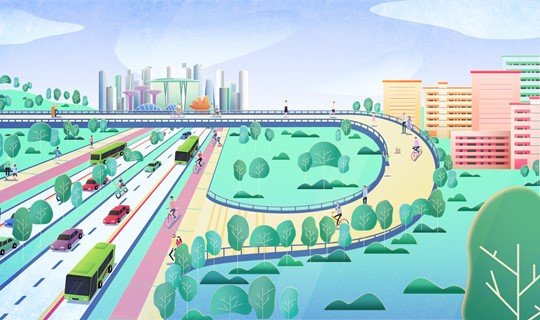 Introducing Singapore’s Longest Transit Priority Corridor
Introducing Singapore’s Longest Transit Priority Corridor





